This post contains affiliate links, which means I may earn a commission (at no extra cost to you) if you click through and purchase. As an Amazon affiliate I earn from qualifying purchases. Thanks for your support. Read the full disclaimer.
So you want to DIY your own tie-dyed clothes, bedding, or fabric? Brilliant! My How to Tie-Dye Like a Pro guide walks you through all the steps you need to learn how to tie-dye your own beautiful patterns.
This post will help you choose the best dye for tie-dye, depending on your needs.
View the rest of the articles:
- Choosing the best dye for tie-dye (right here!)
- Essential tie-dye supplies
- Choosing the best fabric for tie-dye
- 11 easy tie-dye patterns for beginners
- Mixing and applying dye (coming soon)
- How to wash tie-dye
Want to get email notifications of new posts and videos? Sign up to join the Dye Club!
What’s the best dye for tie-dye?
OK, choosing dye is the most exciting step – IF you don’t get overwhelmed.
You’ve probably realised there are MANY different brands of dyes, so choosing between them can be pretty confusing, and it’s hard to choose the best dye for tie dying shirts, jeans, and all the other stuff we can dye!
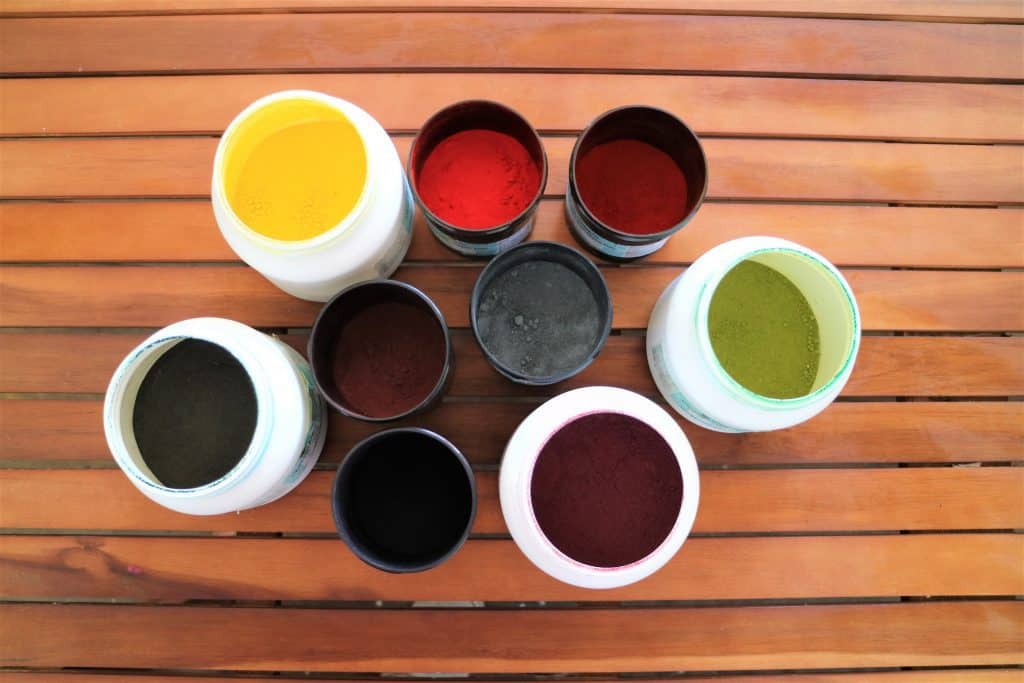
For our purposes, we’re going to dye natural cellulose-based fibres, like cotton, and we’ll divide the available dyes into two types.
- Dyes that stain fabric by coating it
- Dyes that bind permanently with the fabric
Dyes that stain fabric tend to fade quickly and run in the wash.
Dyes that bind permanently are called fibre-reactive dyes. They become a permanent part of the fabric and so stay bright and colourfast for a long time.
So the best dye for tie-dye is a fibre-reactive dye, like Procion.
They also dye in cold water, so they’re incredibly easy to use.
You can use staining dyes, like Rit, or play with food colouring, acrylic paint, or any of the other random ideas you find on Pinterest.
They’re cheap and fun if you just want to dabble – but if you’re serious about dyeing (and want clothes you can chuck in the wash without worrying about turning everything else pink) get fibre-reactive dyes.
The chemistry of tie-dye
Don’t skip this part – it’s quick, not technical, and will help you understand exactly what’s going on when you tie-dye.
When you tie-dye with fibre-reactive dyes, a chemical reaction occurs and the dye molecules bind to the cellulose molecules.
This makes the colour a permanent part of the fabric.
It’s not just coating the fibre, it’s actually part of it.
Soda ash (sodium carbonate) helps the reaction to occur at room temperature, and heat also speeds up the reaction.
Cool, huh?
OK, no more science, onto the fun stuff!
So where can you get these science-y fibre-reactive dyes?
You have two options – buy a dye kit, or purchase your dye and supplies separately.
Tulip One-Step Tie-Dye Kits
Tulip One-Step tie-dye kits are great if you want to try tie-dyeing straight away.
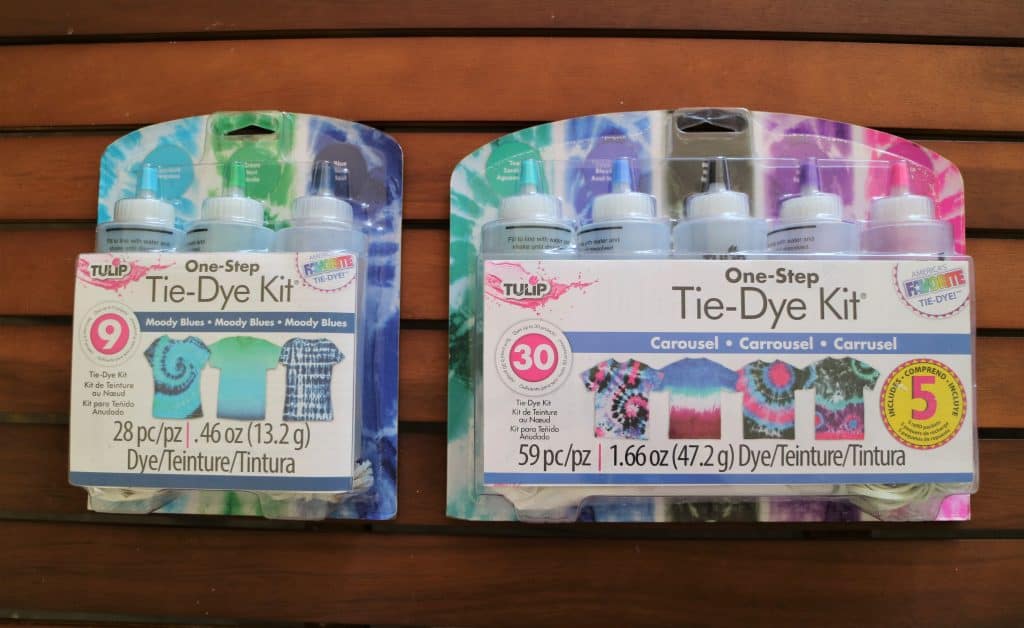
Simply purchase a kit and you have nearly everything you need to get started. If you don’t want to make multiple purchases these are a great choice.
Here’s my favourite Tulip tie-dye kit for beginners – there’s a huge range of colours and enough dye for LOTS of dyeing.
If you want something different there are plenty of other kits in a huge range of colours and sizes – check out my guide to the best Tulip tie-dye kits here.
Just remember, stick with the One-Step kits for now. They contain fibre-reactive dyes, and they’re the easiest to use.
Procion Fibre-Reactive Dyes
If you want to buy dyes in larger amounts and are happy to buy your other equipment separately, Procion fiber-reactive dyes are the best for home use. They work well in cool to warm water, so are much safer and easier to use than dyes that require boiling or steaming.
I only use Procion dyes – I’ve been using them for over a decade and they’re consistently fantastic.
You can buy Jacquard Procion dyes as kits or single dyes through Amazon.
Or if you want to buy larger quantities of dye try Dharma Trading Co. or Grateful Dyes. They both have huge ranges of beautiful dye colours.
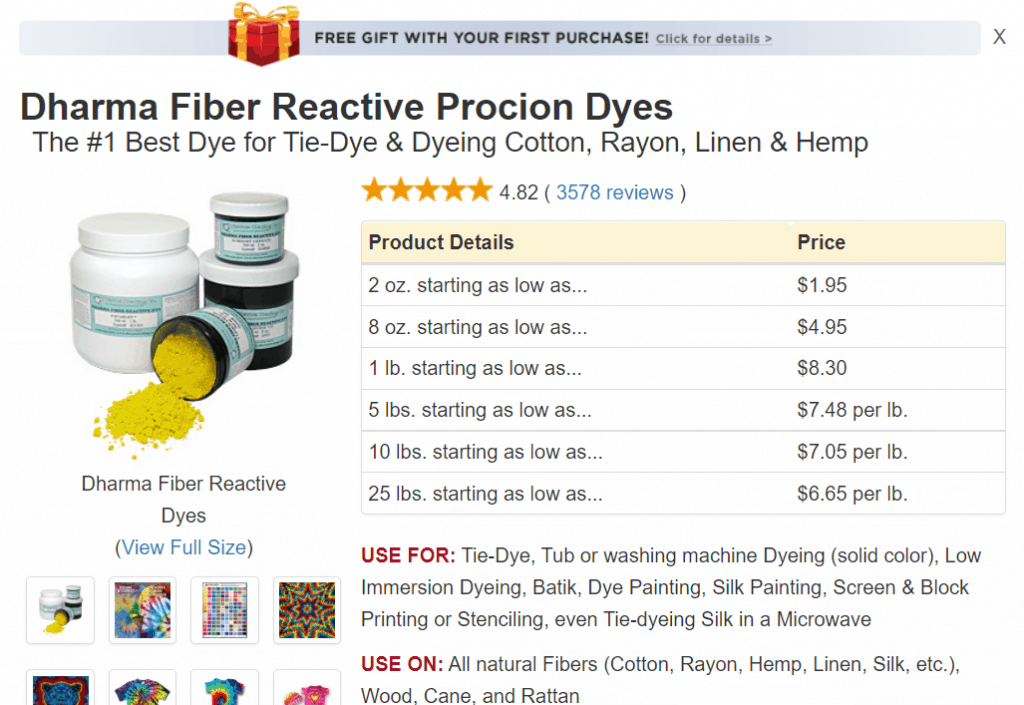
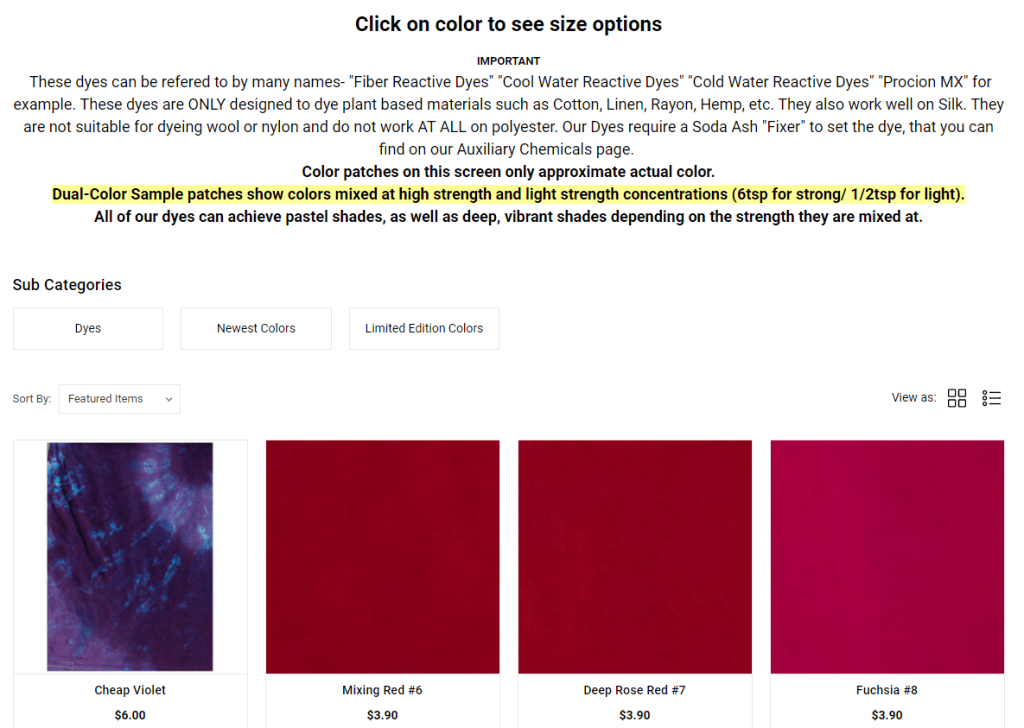
Which dye colours are best?!
DECISIONS! If you’re purchasing dye colours separately it’s easy to get overwhelmed.
Here are my recommendations for core colours.
Primary colours: Get a yellow, blue, and red/pink. Dharma label theirs as primary colours. These mix to create a huge range of beautiful colours, so you can do a lot with just three colours. You can see them in use below.
Black and/or indigo: Black is fantastic. It makes bright colours pop and is great for separating colours that would otherwise go muddy. Plus it’s perfect for minimalist tie-dyes, especially for boys and men – like this spider dye I made for my husband.
Indigo is another great choice in this category. It works well by itself and with most other colours. You can use it to create great shibori dyes, as it looks classy with white.
A few neutrals: grey, peach, pale blue, brown – choose a couple of these to offset the brightness. As much as I love a full rainbow I find I don’t want an entire wardrobe full of them! Matching bright pink with pale grey or electric blue with beige gives patterns that are wearable anywhere.
Plus pastels and neutrals are beautiful on their own, and a great way to avoid looking like too much of a 70s hippie – surprisingly, it’s not everyone’s fashion goal.
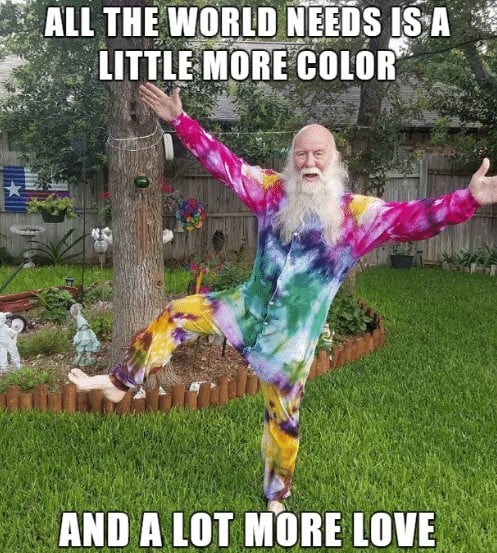
Your favourites: If you have a favourite colour get a few variations. I love green, so I tend to have at least four green dyes ranging from pale to dark.
If you’ve decided to shop at Dharma, don’t order just yet – they also stock great clothes and tie-dye supplies, so you’ll definitely add more to your cart.
Once you get your dyes, it’s a great idea to swatch them so you know exactly how they’ll turn out. Check out my tutorial on how to make ice-dyed swatches here.
NEXT STEP
OK, you’ve now chosen your dyes and your colours, and they might already be on their way to you.
Now it’s time to collect your Essential tie-dye supplies.
Have fun! If you need to know anything else about how to tie-dye please just ask and I’ll update the instructions.
I’d LOVE to see what you create with these tutorials. Please tag @dyediyhq on Facebook or Instagram and I’ll check it out, comment, and share.

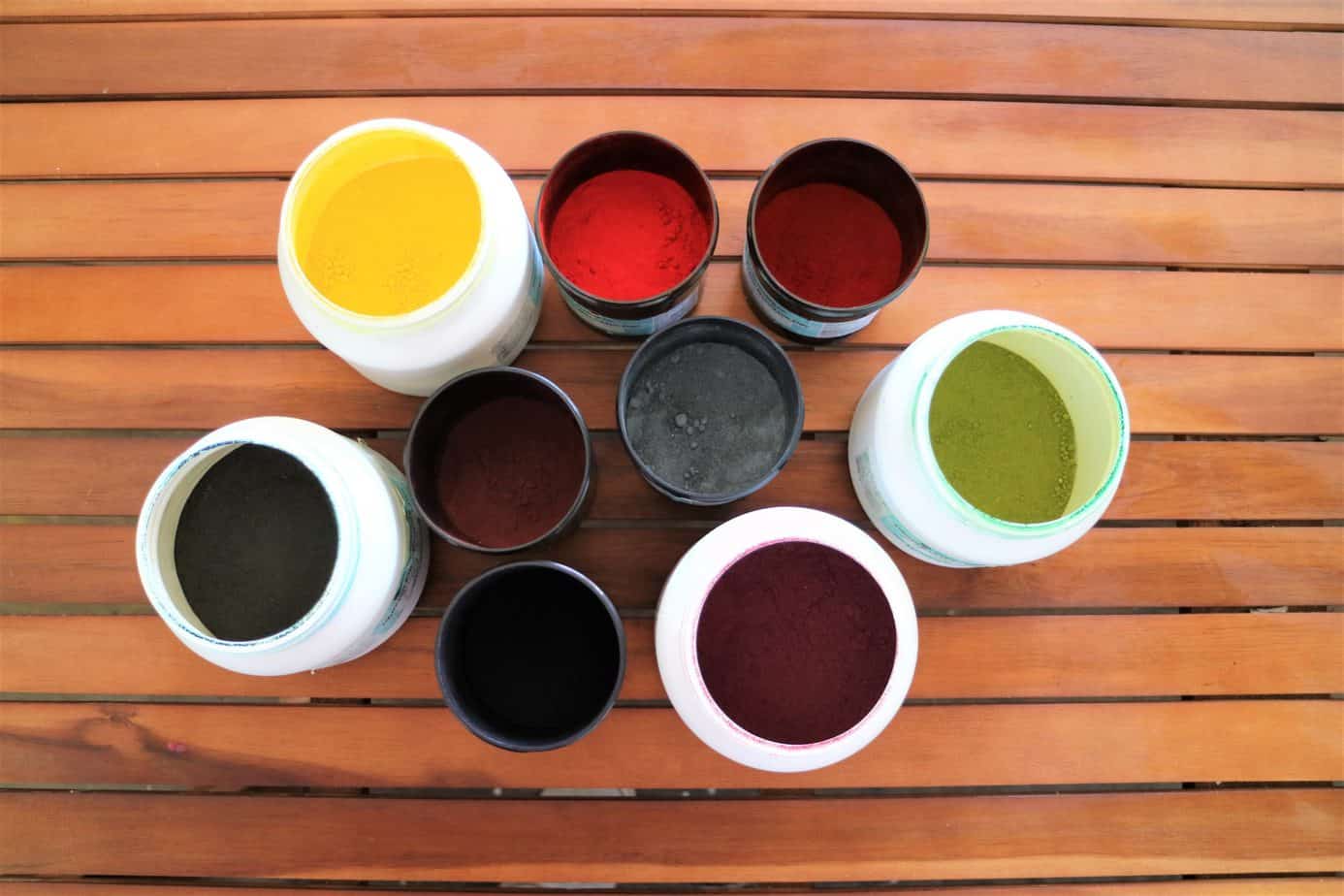
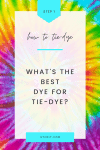
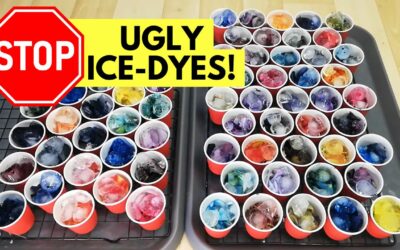
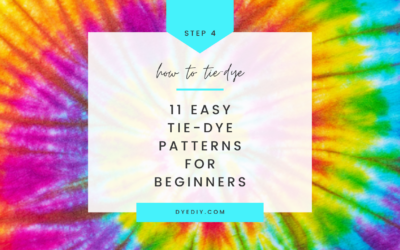

0 Comments